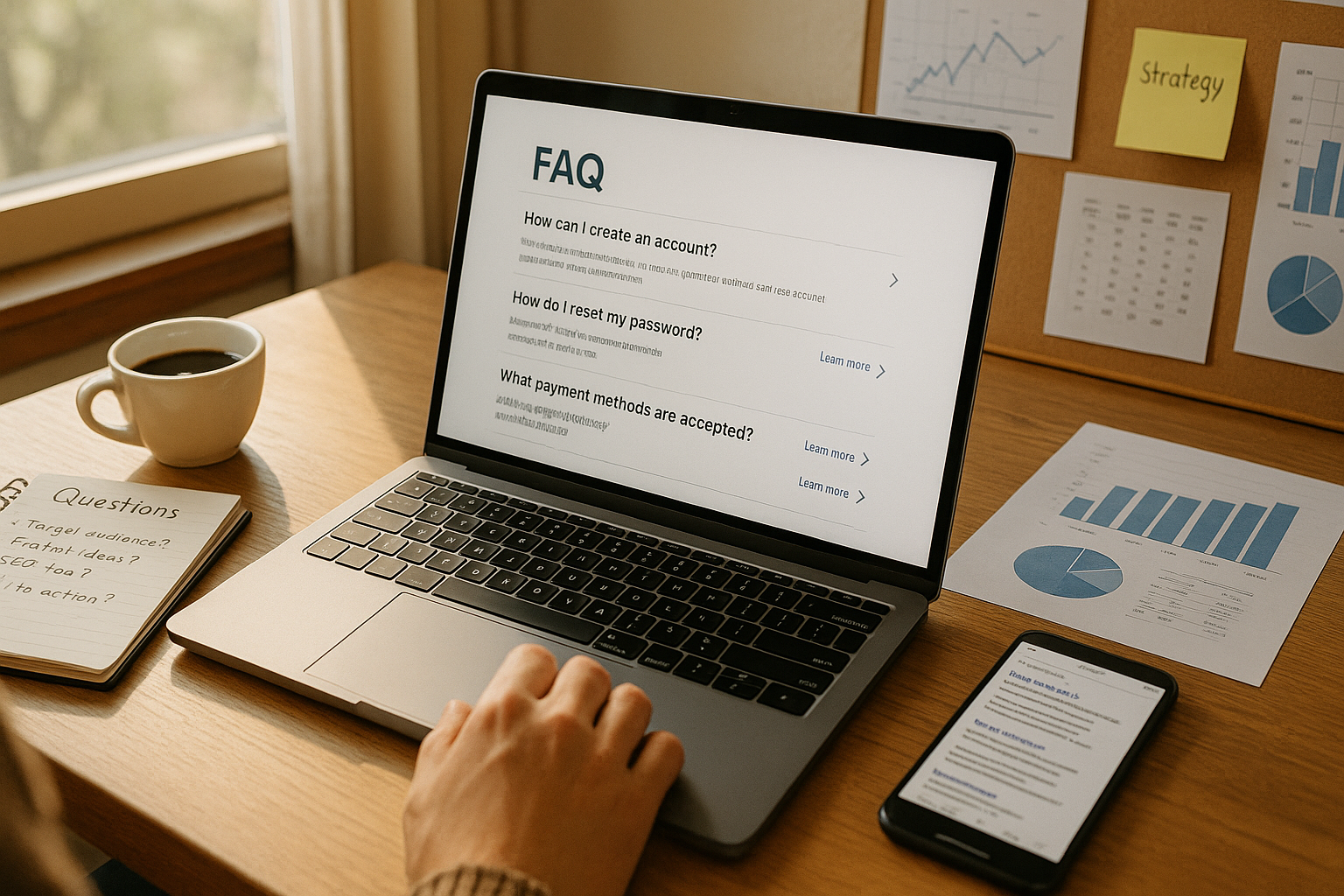How do review velocity and recency affect local SEO?
When it comes to local SEO, many small business owners know that customer reviews are critical. But what most don’t realize is that how often you get reviews (velocity) and how recently they’re posted (recency) play a big role in how Google evaluates your business.
It’s not just about how many stars you have — it’s about whether your business looks active, relevant, and trusted today. Google’s goal is to show users the most reliable and up-to-date results. Businesses with fresh, steady streams of reviews tend to perform better in local search rankings.
Let’s explore what review velocity and recency really mean, why they matter, and how you can use them to strengthen your local SEO strategy.
Understanding Review Velocity and Why It Matters
Review velocity refers to the speed and frequency at which your business receives new reviews. In other words, it’s the rate of review growth over time.
For example, a restaurant that gets 20 reviews per month shows stronger engagement than one that gets 20 reviews per year. To Google, this consistent activity signals that the business is alive, well, and continuously serving customers — all indicators of trust and relevance.
Google’s local search algorithm favors businesses that:
- Consistently receive new reviews
- Maintain a natural growth rate (not sudden suspicious spikes)
- Engage with customers through review responses
An even, steady stream of new reviews tells search engines your business continues to provide recent, relevant experiences worth talking about. That helps keep your Google Business Profile fresh and competitive in the local pack results.
In short: review velocity isn’t about chasing quantity all at once — it’s about building momentum over time.
Why Recency Is a Critical Local SEO Signal
While velocity measures how often you get reviews, recency looks at how new your latest reviews are. Google prioritizes fresh content — and that includes reviews.
Imagine two HVAC companies in the same city:
- Company A has 200 reviews, but the newest one is from 2021.
- Company B has 50 reviews, but 10 were written this month.
Which one seems more trustworthy and relevant? To Google (and customers), Company B appears more active. Fresh reviews show that the business is currently operating at a high standard.
Recency affects SEO because:
- It signals ongoing reliability and customer satisfaction.
- It ensures your business appears “active” in Google’s local algorithm.
- It impacts click-through rates — users are more likely to choose businesses with recent positive feedback.
A review from last week carries more weight than one from three years ago. In a world where people rely heavily on recent opinions, keeping your feedback current helps you stay visible and credible.
How Google’s Local Algorithm Uses Review Activity
Google’s local ranking factors revolve around three core pillars: relevance, distance, and prominence. Reviews — including their velocity and recency — directly impact the “prominence” factor.
Here’s how:
- High review velocity signals that people are continuously engaging with your business.
- Recent reviews suggest the information about your services is up to date.
- Consistent activity indicates your business is trustworthy and well-maintained.
This engagement creates a digital feedback loop. Google rewards businesses that actively interact with customers and maintain a constant stream of activity by improving their visibility in the local pack (the top three business listings in search results).
Think of it this way: every new review is a small boost to your SEO momentum. The more you accumulate naturally — and the more recent they are — the stronger your local search footprint becomes.
The Relationship Between Review Patterns and Trust Signals
Google doesn’t just count reviews — it analyzes patterns. Sudden surges or long dry spells can look suspicious. Consistency is key.
Let’s say your business gets 50 reviews in one week after months of silence. That might seem impressive, but to Google’s spam filters, it could look like manipulation. On the other hand, earning two or three new reviews every week appears organic and reliable.
This steady pattern of review activity helps:
- Reinforce customer engagement trends.
- Establish long-term brand trust.
- Signal legitimacy to both users and algorithms.
Beyond SEO, consistent review patterns also influence consumer trust. A study-backed psychological factor called recency bias means people value recent information more heavily. So when your review page shows a steady mix of new feedback, it reassures customers that your business remains dependable and relevant.
How Review Velocity and Recency Affect Click-Through Rates
Local SEO isn’t just about getting found — it’s about getting clicked. Even if you appear in the top results, you need customers to choose your listing over competitors.
That’s where review recency and velocity play an indirect but powerful role. Listings with fresh, frequent reviews:
- Attract more attention due to updated activity.
- Appear more trustworthy at a glance.
- Influence users to click and engage more often.
When people see a business actively collecting reviews and responding promptly, they interpret it as a sign of quality and reliability. This leads to higher click-through rates (CTR) — which Google also monitors as a ranking signal.
In short: the more you show consistent review activity, the more likely users are to choose you — and the better your business performs both in rankings and conversions.
Avoiding Spammy Review Growth and Penalties
While it’s tempting to accelerate review collection, unnatural review patterns can backfire. Google’s algorithms are highly sophisticated at detecting fraudulent or manipulated review behavior.
Avoid these red flags:
- Receiving dozens of reviews overnight.
- Using the same IP address or similar wording in multiple reviews.
- Incentivizing reviews with discounts, gifts, or prizes (against Google’s policies).
- Paying third-party services to generate fake reviews.
Instead, aim for authentic, steady growth. Encourage real customers to share honest experiences after each service or purchase.
If your review activity seems organic — with a natural mix of positive, neutral, and occasional negative feedback — Google rewards you with credibility. But if it looks suspicious, your visibility can drop or your profile can be flagged.
Sustainable SEO comes from authenticity, not shortcuts.
Encouraging Consistent, Natural Review Generation
The key to maintaining good review velocity and recency is to build it into your customer journey naturally. You don’t need a flood of reviews — you just need a steady rhythm of genuine ones.
Here are some ethical ways to encourage that:
- Ask after positive interactions: Send a follow-up text or email thanking customers and asking for feedback.
- Simplify the process: Share direct links to your Google Business Profile.
- Train your team: Teach staff to ask satisfied customers for reviews verbally.
- Use QR codes: Place them on receipts, thank-you cards, or checkout counters.
Automation tools can also help schedule review requests evenly over time. This maintains a balanced review flow that aligns with Google’s preference for steady engagement.
Remember: customers are more likely to leave reviews if it’s easy and feels appreciated — not pressured.
How to Analyze Review Trends for SEO Insights
Tracking your review velocity and recency gives you valuable SEO data. You can measure whether your strategy is working and identify areas for improvement.
Use these metrics to evaluate performance:
- Average reviews per month: Are you maintaining steady growth?
- Time since last review: How recent is your latest feedback?
- Review sentiment: Are new reviews mostly positive?
- Response time: How quickly do you reply to feedback?
Google My Business Insights and third-party reputation management tools (like those managed by GetPhound) can visualize this data for easy monitoring.
By identifying trends — such as seasonal review dips or sudden slowdowns — you can adjust your outreach tactics to keep engagement steady and healthy. Consistency isn’t just good for SEO; it’s also essential for building lasting customer loyalty.
Leveraging Review Responses for SEO and Engagement
Responding to reviews regularly complements your velocity and recency strategy. When you reply to feedback — especially recent ones — it adds fresh, user-generated content to your profile, which Google loves.
Here’s why review responses boost SEO:
- They show your business is active and attentive.
- They help incorporate natural local keywords into your profile.
- They increase customer engagement, which can improve trust and conversions.
Example:
“Thanks, Mark! We’re so glad you were happy with our lawn care service in King of Prussia. We appreciate your feedback and look forward to seeing you again!”
That kind of response reinforces both recency (you’re replying to a new review quickly) and relevance (you’re including localized keywords naturally). Together, they strengthen your business’s overall SEO signals.
How Review Velocity and Recency Tie Into Broader Reputation Management
Velocity and recency aren’t just SEO factors — they’re core components of your online reputation strategy. Together, they reflect your business’s relationship with customers and your ability to deliver consistent satisfaction over time.
A well-managed reputation strategy includes:
- Monitoring all review platforms (Google, Facebook, Yelp, etc.).
- Encouraging new, authentic feedback monthly.
- Responding promptly and professionally to all reviews.
- Analyzing patterns to ensure steady engagement.
When done right, this approach creates a powerful cycle:
- Consistent customer satisfaction drives steady new reviews.
- Fresh reviews boost SEO visibility.
- Increased visibility attracts more customers — leading to even more reviews.
That’s the kind of momentum that separates thriving local businesses from those that fade in search results.
Staying Relevant in the Eyes of Google and Your Customers
Review velocity and recency are two of the most overlooked — yet most influential — factors in local SEO success. Google favors businesses that look alive and active, and frequent, recent reviews are the clearest signals of that.
By maintaining a consistent stream of new, authentic reviews and responding to them quickly, your business shows both search engines and customers that you’re trustworthy, engaged, and dependable.
Local SEO isn’t just about optimizing websites or keywords — it’s about maintaining real human engagement. Every fresh review is proof that your business continues to deliver great experiences today, not years ago.
If you want to stay visible, relevant, and competitive in your local market, start by strengthening your review strategy.
The team at GetPhound helps small businesses master reputation management, local SEO, and digital marketing — ensuring your reviews not only reflect your success but also drive it.
Visit https://getphound.com/ to learn how we can help you turn your reviews into powerful SEO results.












